The Autonomous Utility Vehicle Market is currently characterized by a dynamic competitive landscape, driven by technological advancements and increasing demand for automation in various sectors such as agriculture, construction, and logistics. Key players like Caterpillar Inc (US), Komatsu Ltd (JP), and John Deere (US) are at the forefront, each adopting distinct strategies to enhance their market positioning. Caterpillar Inc (US) focuses on integrating advanced AI and machine learning into their vehicles, aiming to improve operational efficiency and safety. Meanwhile, Komatsu Ltd (JP) emphasizes sustainability, investing in electric and hybrid models to meet growing environmental regulations. John Deere (US) is leveraging partnerships with tech firms to enhance its precision agriculture solutions, thereby solidifying its leadership in the agricultural segment.
The business tactics employed by these companies reflect a trend towards localizing manufacturing and optimizing supply chains to enhance responsiveness to market demands. The market structure appears moderately fragmented, with several players vying for dominance, yet the collective influence of these key players shapes a competitive environment that is increasingly focused on innovation and technological integration.
In August 2025, Caterpillar Inc (US) announced a strategic partnership with a leading AI firm to develop autonomous navigation systems for their utility vehicles. This collaboration is poised to enhance the capabilities of their fleet, allowing for more efficient operations in complex environments. The strategic importance of this move lies in its potential to position Caterpillar as a leader in the autonomous vehicle space, particularly in sectors where precision and reliability are paramount.
In September 2025, Komatsu Ltd (JP) unveiled its latest electric utility vehicle model, which is designed to reduce carbon emissions significantly. This launch not only aligns with global sustainability goals but also reflects Komatsu's commitment to innovation in response to regulatory pressures. The introduction of this model is likely to attract environmentally conscious customers and strengthen Komatsu's market share in the green technology segment.
In July 2025, John Deere (US) expanded its collaboration with a prominent tech startup specializing in IoT solutions, aiming to enhance data analytics capabilities in its utility vehicles. This strategic move is expected to provide farmers with real-time insights, thereby optimizing resource use and increasing productivity. The integration of IoT technology into their vehicles signifies a shift towards smarter, data-driven operations in agriculture, which could redefine competitive advantages in the sector.
As of October 2025, the competitive trends in the Autonomous Utility Vehicle Market are increasingly defined by digitalization, sustainability, and the integration of artificial intelligence. Strategic alliances among key players are shaping the landscape, fostering innovation and enhancing technological capabilities. Looking ahead, it is likely that competitive differentiation will evolve, with a pronounced shift from price-based competition to a focus on innovation, technological advancements, and supply chain reliability, thereby setting the stage for a new era in the autonomous utility vehicle sector.


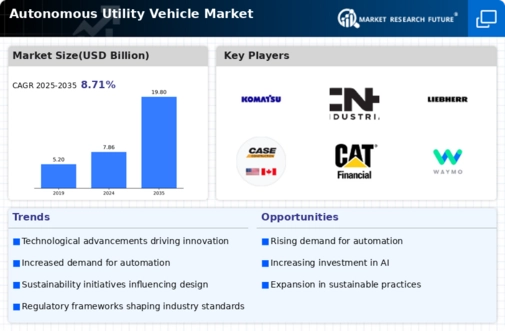
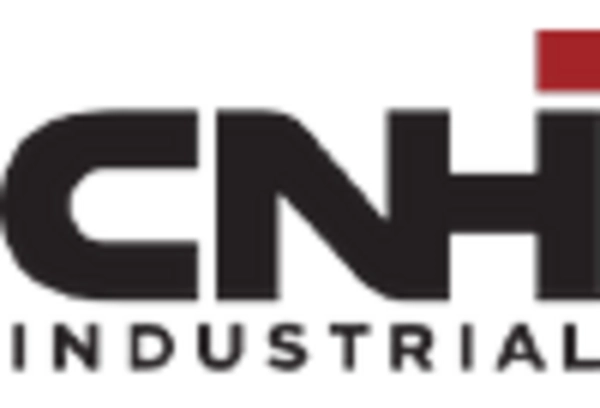


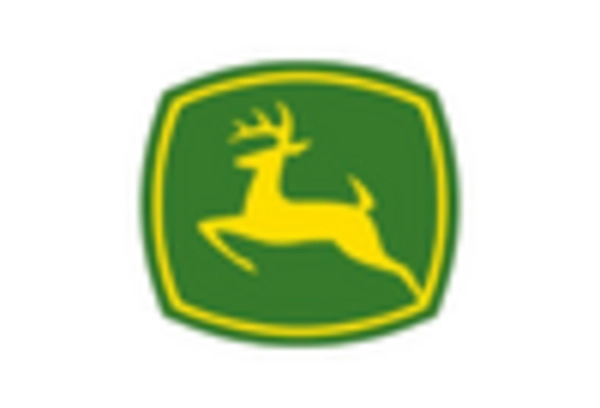
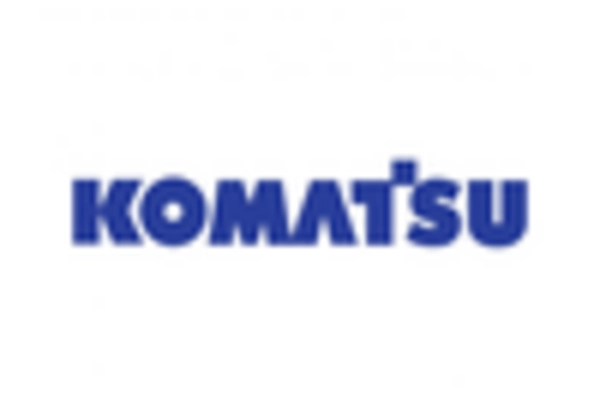
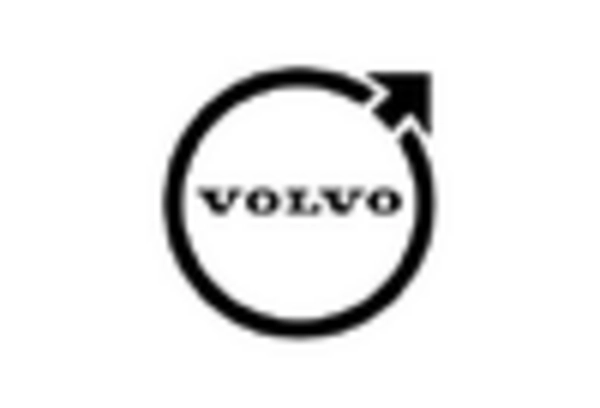








Leave a Comment